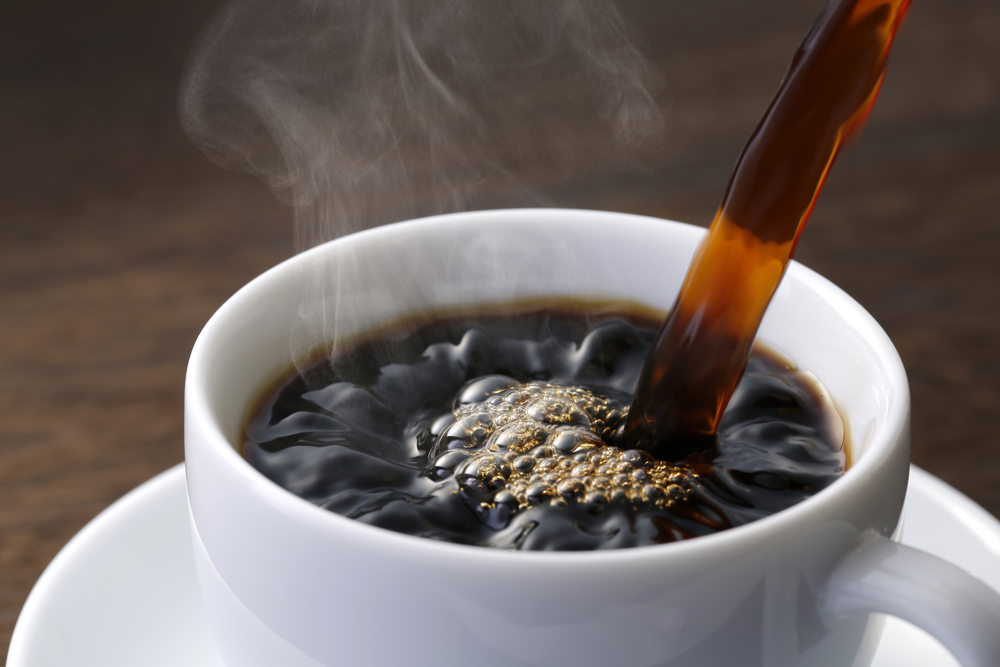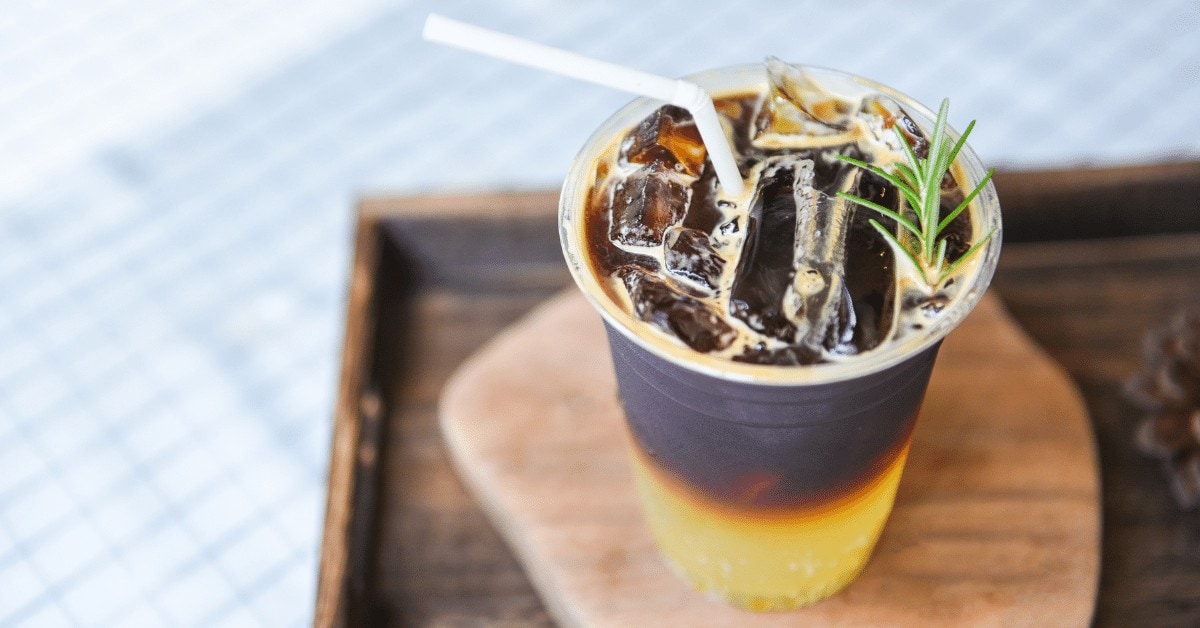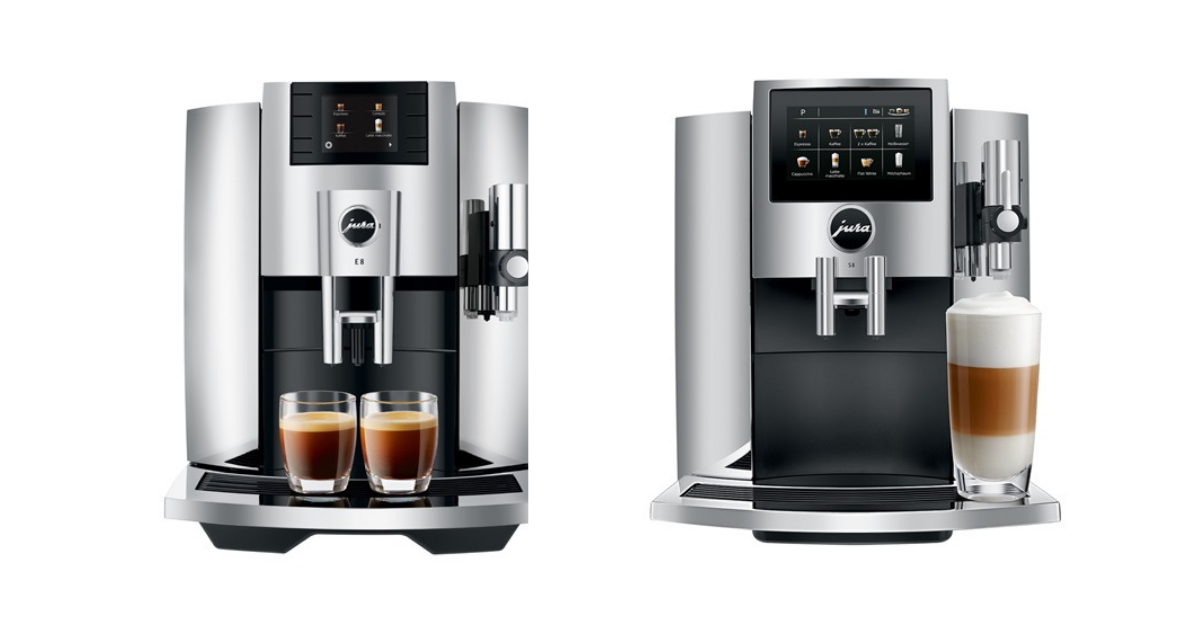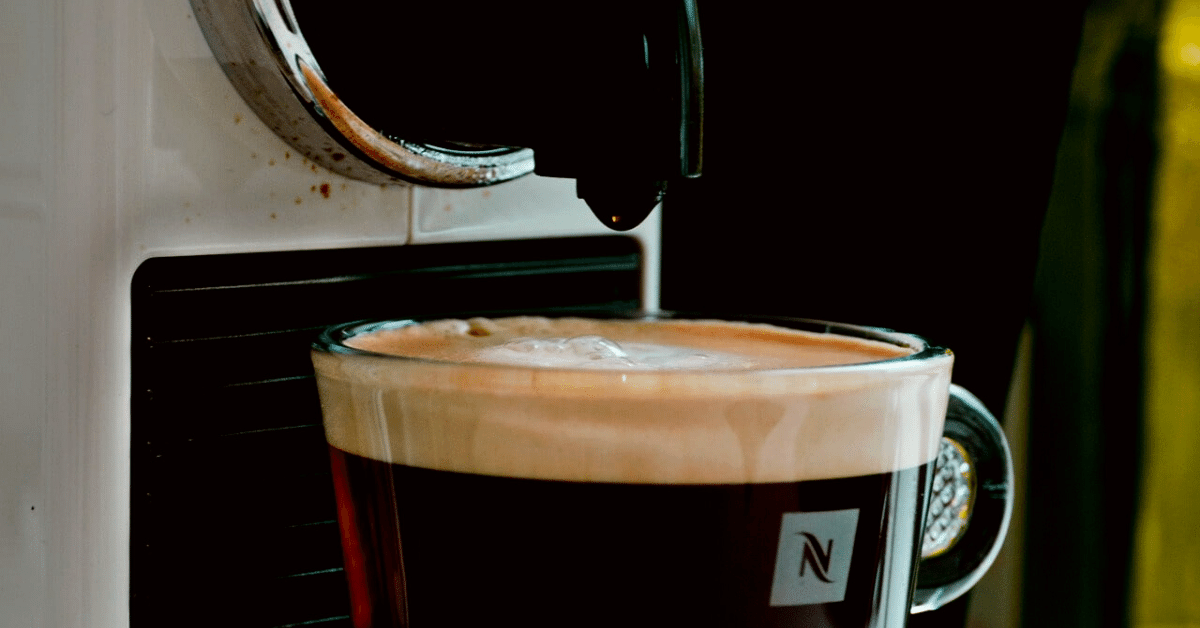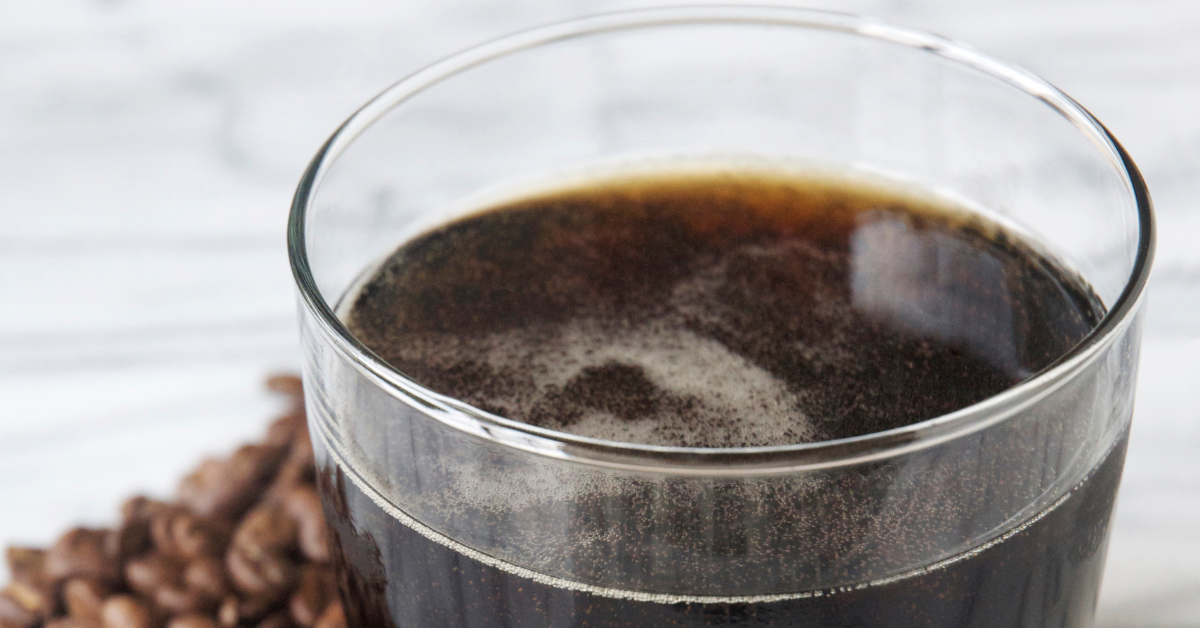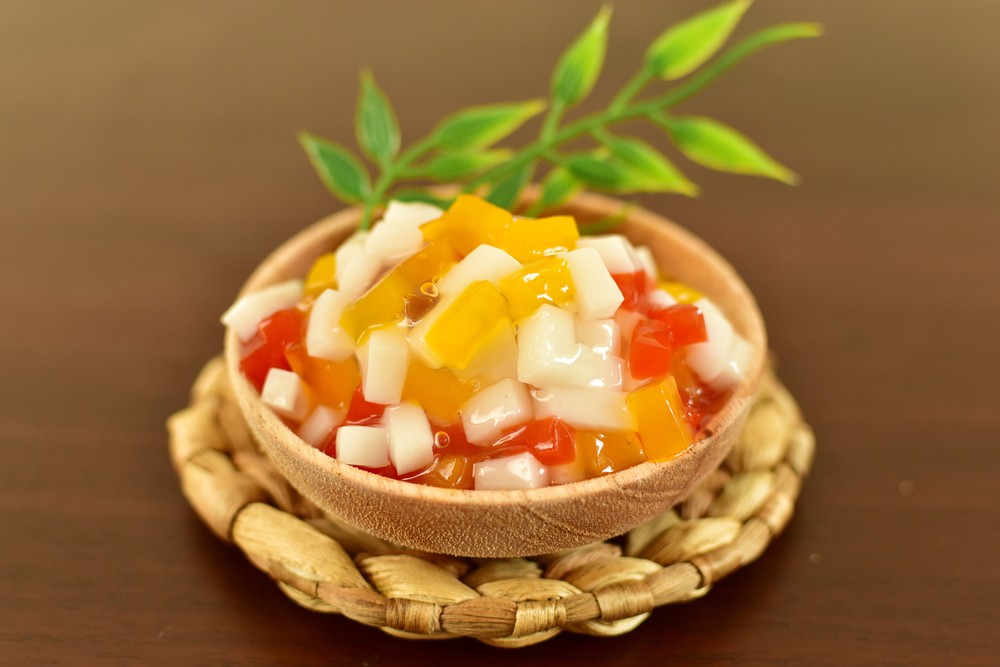Cold Brew vs Iced Coffee: Understanding the Key Differences
Walk into any coffee shop during summer, and you will see people debating whether to order cold brew or iced coffee. While both drinks deliver that refreshing caffeine fix on hot days, they are completely different beverages with distinct flavors, brewing methods, and caffeine levels.
After years of making both drinks at home and testing different techniques, I can tell you that understanding these differences will revolutionize your cold coffee game. Let me break down everything you need to know about both methods.
What is Cold Brew Coffee?
Cold brew coffee is made by steeping coarsely ground coffee in cold or room temperature water for an extended period, typically 12-24 hours. The result is a smooth, concentrated coffee that is served cold and often diluted with water or milk.
Cold brew characteristics:
- Brewed with cold water over 12-24 hours
- Produces a concentrate that is diluted before serving
- Smooth, less acidic flavor profile
- Higher caffeine content than regular coffee
- Can be stored in the refrigerator for up to 2 weeks
The long extraction time pulls out coffee flavors while leaving behind many of the acids and bitter compounds that hot water extracts quickly.
What is Iced Coffee?
Iced coffee is regular hot coffee that has been cooled down and served over ice. It can be brewed using any hot brewing method – drip, pour-over, French press, or espresso – then chilled and poured over ice cubes.
Iced coffee characteristics:
- Hot-brewed coffee served cold over ice
- Retains the flavor profile of the hot brewing method used
- More acidic and bright than cold brew
- Quick to make (5-10 minutes plus cooling time)
- Best consumed within a few hours of brewing
Since iced coffee starts as hot coffee, it maintains all the flavors and acidity levels of traditional hot brewing methods.
Flavor Profile Comparison
The most significant difference between cold brew and iced coffee lies in their taste profiles, which result from their different brewing methods.
Cold Brew Flavor:
- Smooth and mellow with low acidity
- Naturally sweet with chocolate and nutty notes
- Less bitter than hot-brewed coffee
- Clean finish without harsh aftertaste
- Concentrates the coffee flavors without extracting harsh compounds
Iced Coffee Flavor:
- Bright and acidic, similar to hot coffee
- Retains origin characteristics and roast flavors
- Can be more complex with layered flavor notes
- May taste diluted as ice melts
- Maintains the bite and brightness coffee lovers expect
If you prefer smooth, mellow coffee, cold brew is your choice. If you love the bright, complex flavors of hot coffee but want it cold, iced coffee delivers.
Caffeine Content Comparison
Cold brew typically contains more caffeine than iced coffee, but the exact amounts depend on brewing ratios and serving sizes.
Cold Brew Caffeine:
- 12-16 oz serving: 150-300mg caffeine (depending on dilution)
- Higher coffee-to-water ratio during brewing
- Long extraction time pulls more caffeine
- Concentrate can be diluted to control strength
Iced Coffee Caffeine:
- 12-16 oz serving: 100-200mg caffeine
- Similar caffeine to hot coffee of same size
- Caffeine content dilutes as ice melts
- Strength depends on brewing method used
Cold brew wins the caffeine battle, making it popular with people who need an extra energy boost.
How to Make Perfect Cold Brew Coffee
Making cold brew requires patience but minimal skill. The key is using the right ratios and timing.
Ingredients:
- 1 cup coarsely ground coffee (French press grind)
- 4 cups cold, filtered water
- Large jar or cold brew maker
- Fine mesh strainer or cheesecloth
Step-by-step process:
- Combine coffee and water in a large jar or container
- Stir well to ensure all grounds are saturated
- Cover and let steep at room temperature for 12-18 hours
- Strain through fine mesh, then strain again through coffee filter
- Store concentrate in refrigerator for up to 2 weeks
Serving suggestions:
- Dilute concentrate 1:1 with water or milk
- Serve over ice with desired sweeteners
- Try with oat milk for creamy texture
- Add vanilla or cinnamon for flavor variations
How to Make Perfect Iced Coffee
Great iced coffee starts with brewing stronger hot coffee to account for ice dilution.
Method 1: Hot Brew Over Ice
- Brew coffee at double strength (2 tablespoons per 6 oz water)
- Brew directly over ice to cool immediately
- This prevents over-extraction and bitter flavors
- Serve immediately while properly chilled
Method 2: Flash Chill Method
- Brew regular strength coffee using your preferred method
- Pour hot coffee over a large amount of ice
- Stir vigorously to cool quickly
- Add additional ice to reach desired temperature
Pro tips for better iced coffee:
- Use coffee ice cubes to prevent dilution
- Brew with slightly more coffee than usual
- Cool completely before refrigerating
- Add milk or sweeteners while coffee is still warm for better mixing
Equipment Comparison
Cold Brew Equipment:
- Large jar or dedicated cold brew maker
- Coffee grinder (for coarse grounds)
- Fine mesh strainer
- Coffee filters for final straining
- Storage containers
Iced Coffee Equipment:
- Any hot coffee brewing device
- Plenty of ice
- Heat-resistant serving glasses
- Optional: coffee ice cube trays
Cold brew requires more specialized equipment and storage space, while iced coffee uses equipment you probably already own.
Time and Convenience Factors
Cold Brew Timing:
- 12-24 hours brewing time
- 5 minutes active preparation
- Makes multiple servings at once
- Requires advance planning
- Concentrate lasts up to 2 weeks
Iced Coffee Timing:
- 5-10 minutes total time
- Immediate gratification
- Best consumed within hours
- Must be made fresh each time
- No advance planning required
Cold brew requires patience but rewards you with ready-to-drink coffee for weeks. Iced coffee satisfies immediate cravings but requires fresh preparation.
Cost Comparison
Both methods can be economical compared to coffee shop purchases, but they have different cost structures.
Cold Brew Costs:
- Higher coffee usage (1:4 ratio)
- Equipment investment for quality makers
- Lower per-serving cost due to batch preparation
- Approximately /bin/zsh.75-1.00 per serving
Iced Coffee Costs:
- Standard coffee usage
- Minimal additional equipment needed
- Ice and cooling costs
- Approximately /bin/zsh.50-0.75 per serving
Which Method Should You Choose?
Choose Cold Brew if you:
- Prefer smooth, low-acid coffee
- Want higher caffeine content
- Like to prepare drinks in advance
- Enjoy naturally sweet coffee flavors
- Have a sensitive stomach
Choose Iced Coffee if you:
- Love bright, complex coffee flavors
- Want coffee immediately
- Prefer traditional coffee taste profiles
- Enjoy experimenting with different hot brewing methods
- Like variety in your daily coffee
Common Mistakes to Avoid
Cold Brew Mistakes:
- Using fine grounds (creates bitter, over-extracted concentrate)
- Steeping too long (over 24 hours makes it overly strong)
- Not straining thoroughly (leaves sediment)
- Wrong coffee-to-water ratio
Iced Coffee Mistakes:
- Using regular strength coffee (gets diluted by ice)
- Letting hot coffee sit too long before cooling
- Not using enough ice
- Refrigerating hot coffee without cooling first
Final Verdict
Both cold brew and iced coffee have their place in a coffee lover repertoire. Cold brew excels when you want smooth, potent coffee with minimal acidity, while iced coffee delivers when you crave the bright, complex flavors of traditional coffee in a refreshing cold format.
My recommendation? Master both methods. Use cold brew for your weekly coffee prep when you want consistent, smooth coffee ready at a moment notice. Turn to iced coffee when you want immediate gratification or when you are brewing with special beans that showcase unique flavor profiles.
The best cold coffee is the one that matches your taste preferences, schedule, and caffeine needs. Experiment with both methods to discover which one earns a permanent place in your coffee routine.

